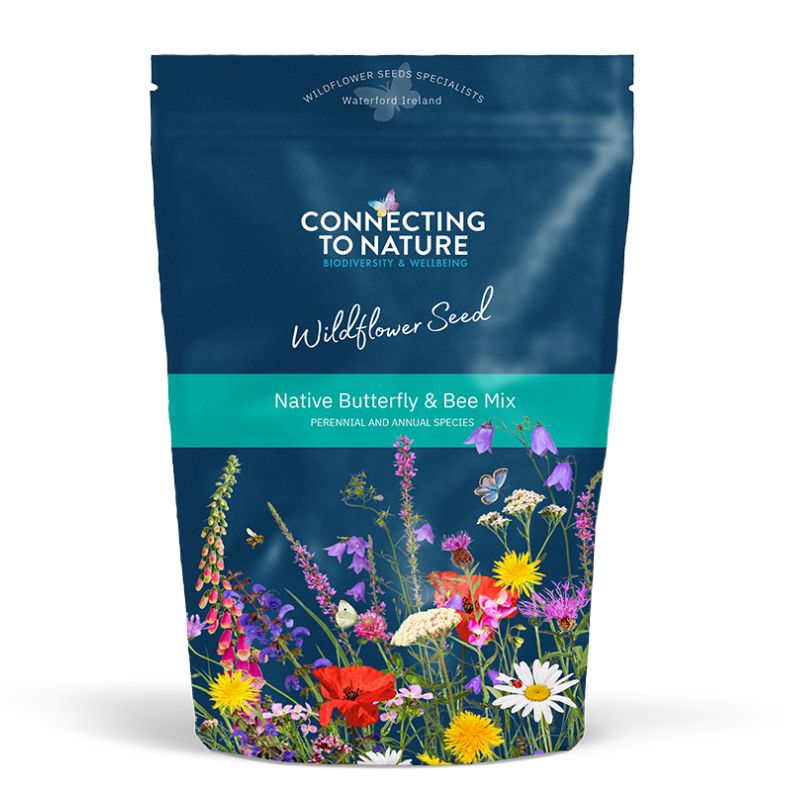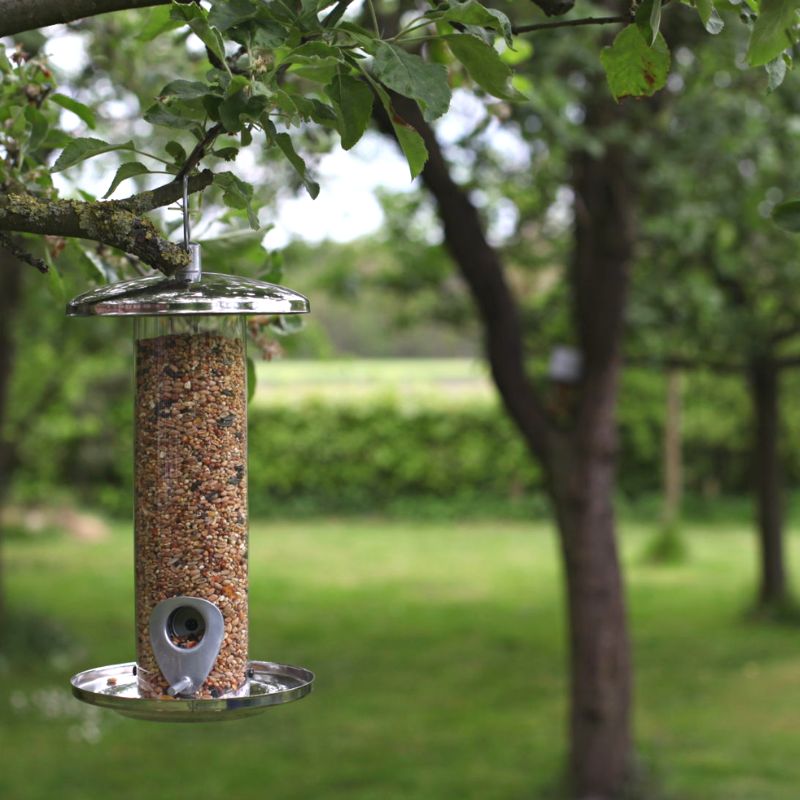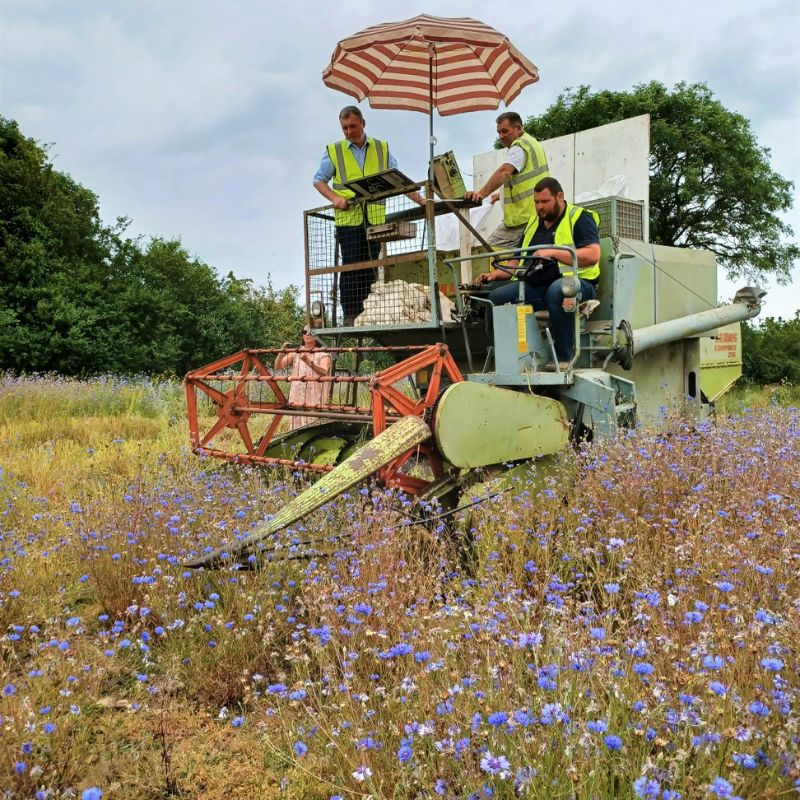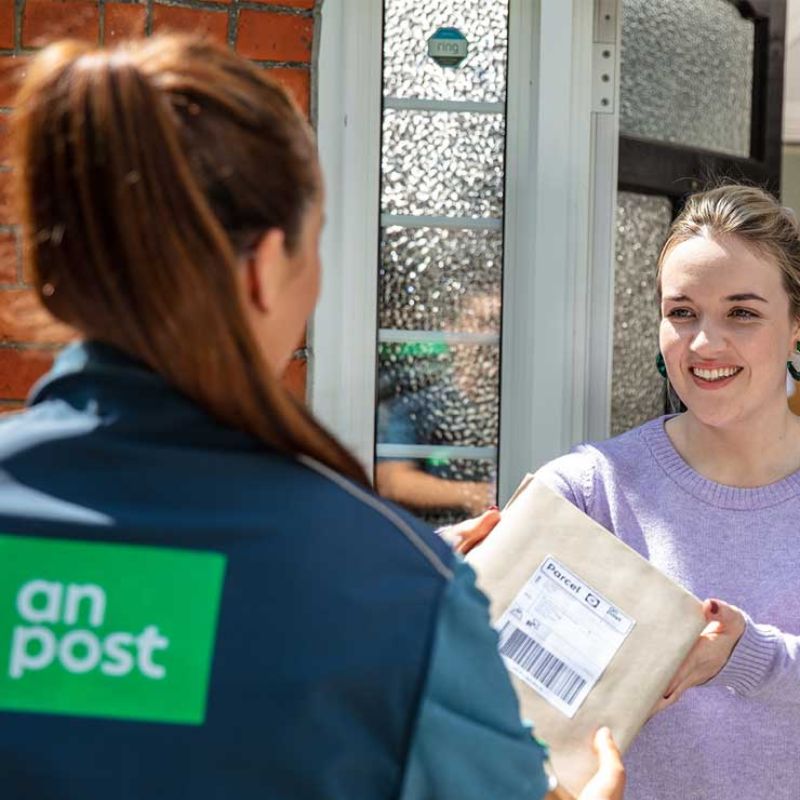Wild bird cover benefits birds, bats, small mammals and insects
About 25% of common Irish farmland bird species are in severe decline.
Birds like the greenfinch, skylark, cuckoo, and kestrel are becoming rarer and rarer throughout our countryside while the corn bunting has already disappeared completely. The primary driver behind these trends is habitat loss associated with modern agricultural practices. Conventional practices like insecticide-use, removal of hedgerows and the switch from predominantly hay-making to multi-cut silage systems have significantly reduced the availability of potential nesting sites and food sources for many farmland bird species. Furthermore, the reduction in tillage acreage across Ireland has had a knock-on effect on species like the yellowhammer with the majority of yellowhammer now found in the south and east tillage strongholds.
Fortunately, there are several low-cost, highly effective management decisions we can make, such as reducing the frequency and severity of hedge-cutting that will make a massive difference to our farmland birds.
A very effective and simple measure is to sow a headland or corner of a field with a wild bird cover mixture. Many of us have bird feeders hanging in our gardens, and a wild bird cover mixture is essentially a giant bird feeder. Wild bird cover is a mixture of cereals or cereals and brassicas that are sown in spring and left in the ground throughout the following winter. These mixtures provide food and shelter for a wide range of farmland bird species at the harshest time of the year. It is important to sow a mixture of large (e.g., triticale or oats) and small (e.g., linseed or mustard) seed cereals to maximise the variety of species that can benefit from the mixture. Brassicas like kale can also be included to add further variety.
To encourage uptake of this simple measure, it is included as an action as part of the GLAS scheme and is worth €900/ha up to a maximum area of 3ha. The key terms for sowing wild bird cover under the GLAS scheme are listed below.
- Establish wild bird cover before 31st
- Crops must remain in situ until 15th March the following year.
- Establish a one-year mix using approved cereals.
- Establish a two-year mix using approved cereals plus kale.
- Half plot of cereal and half plot of kale
- No harvesting of the crop is allowed.
Wild bird cover mixtures benefit more than just birds, with bats, small mammals and insects greatly benefiting too.
For more information on wild bird cover mixtures see our Environmental Farming Schemes & Wild Bird Cover range.











